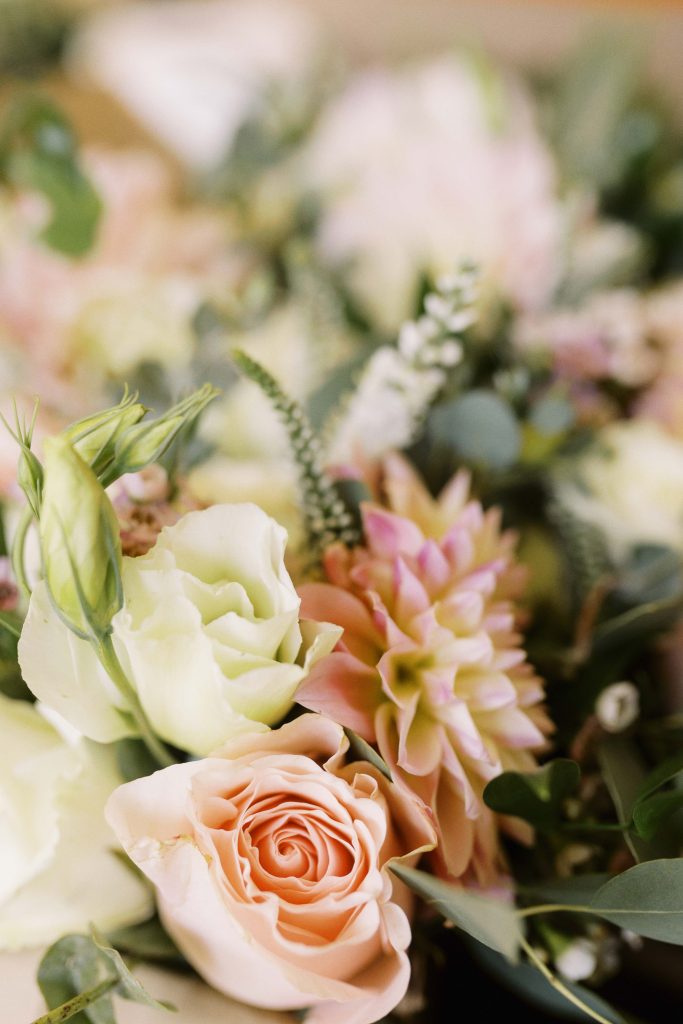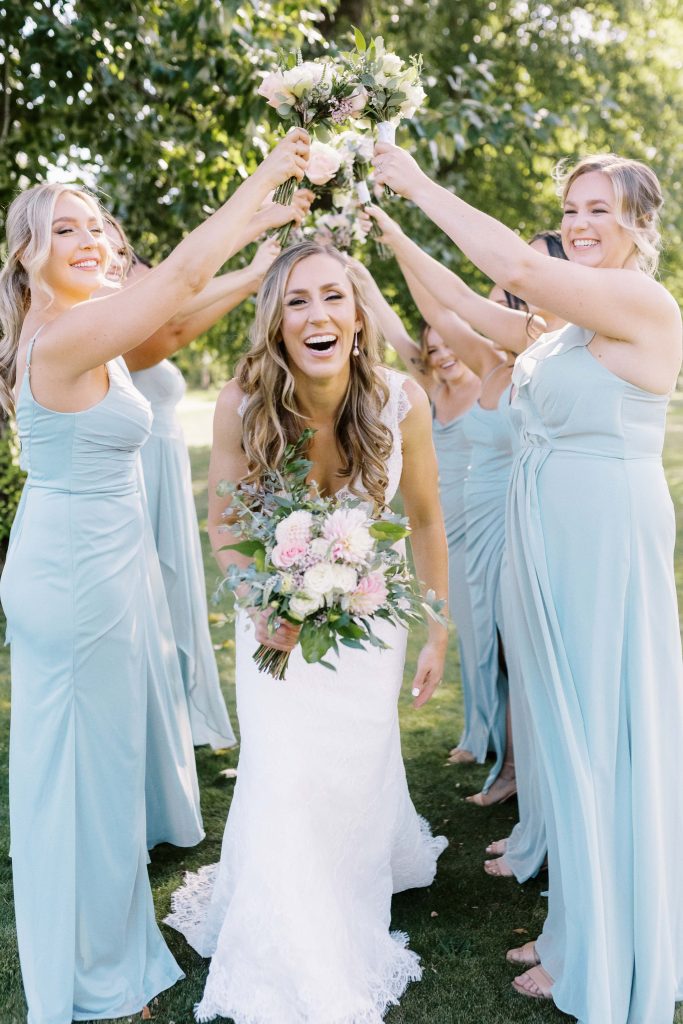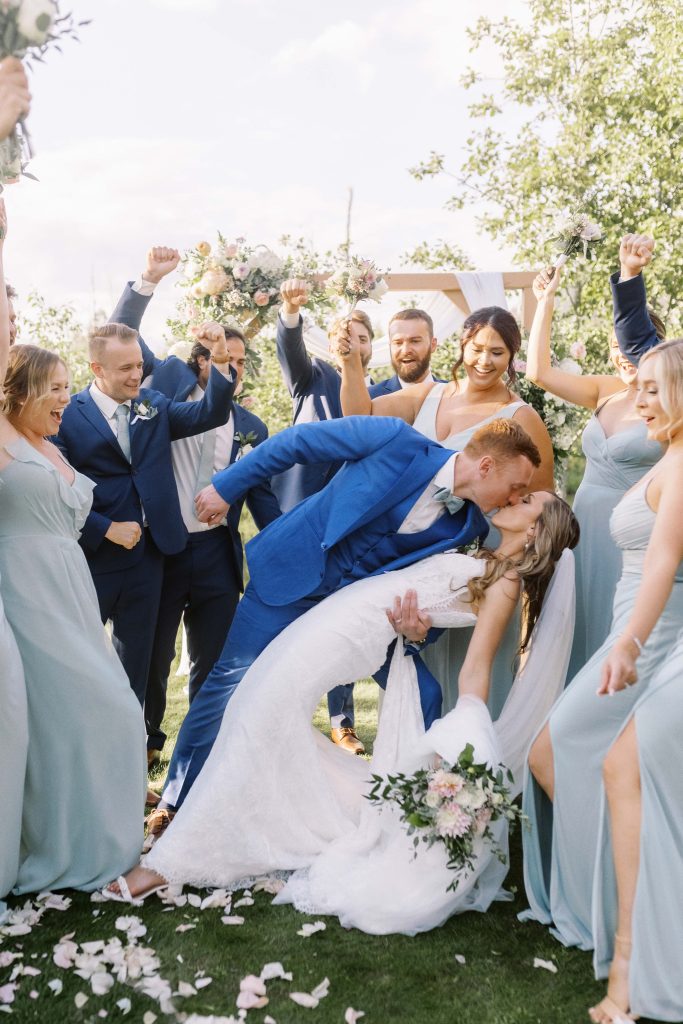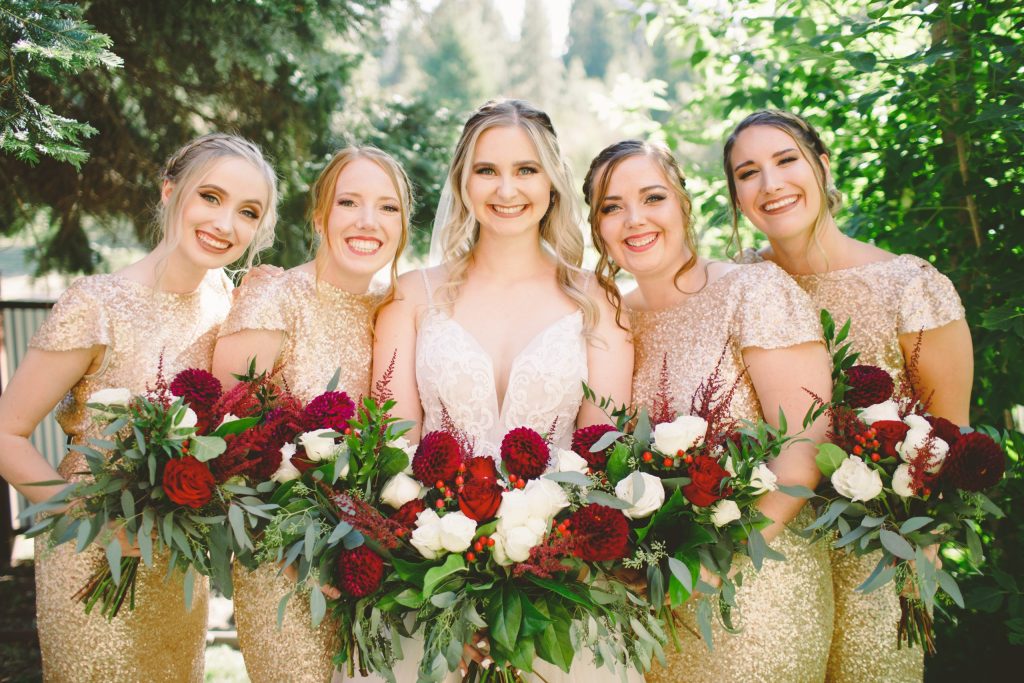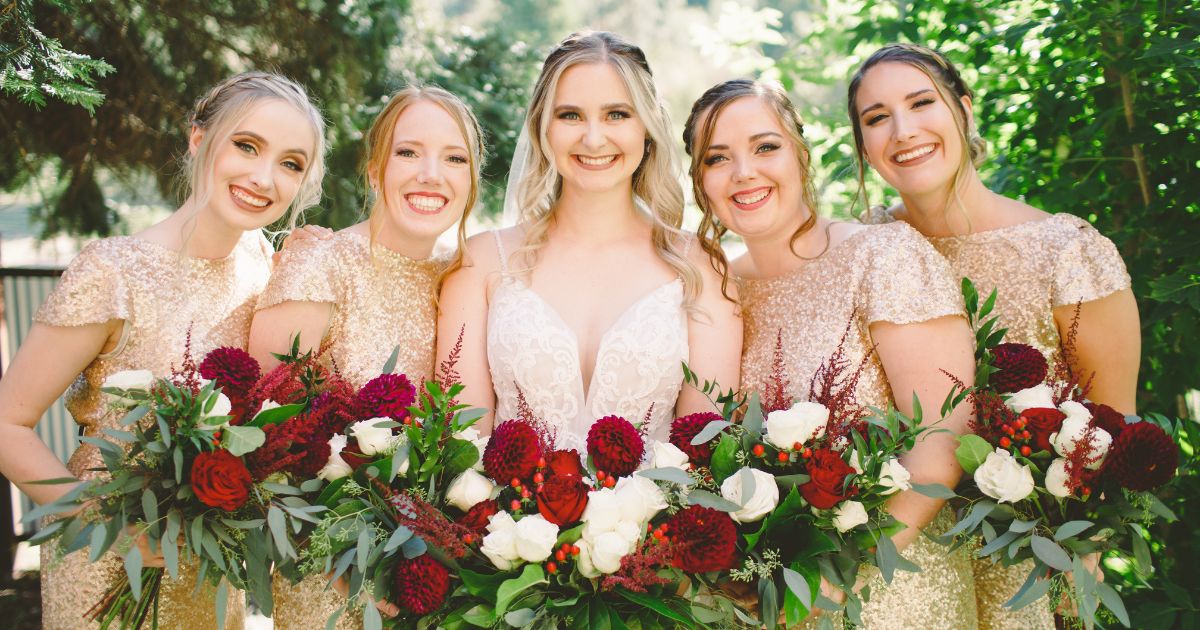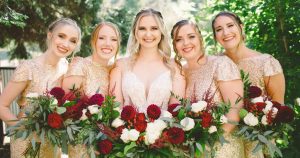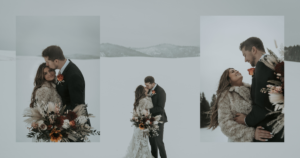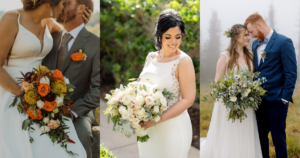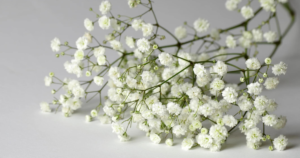Rooted in the Pacific Northwest: The Beauty of Choosing Locally Grown Flowers for Your Wedding
When couples dream of their wedding flowers, they often think in terms of colors and Pinterest boards. But here in the Spokane–Coeur d’Alene area in particular, considering what’s local and in season for your wedding date can make your florals longer-lasting, higher-quality, more budget-friendly, and uniquely artistic — all of which are factors we consider when creating each custom wedding design proposal at Flowers by Lily Garland.
The Journey: Selecting In-Season and Local Blooms for Their Freshness, Quality, and Value
The difference between local and imported blooms begins with the journey they take. Most flowers sold in northern climates travel hundreds or even thousands of miles — often trucked for days from California or Florida, or flown in from South America before ever reaching a florist’s cooler. During that time, flowers spend part of their limited life, boxed, refrigerated, and handled through multiple shipping hubs which can bruise delicate petals.
Local flowers on the other hand, skip that. At Flowers by Lily Garland, flower farms like Sowing Joy, Bathrobe Blooms, Boho Blooms, and Gracey’s Flower Farm are often our first stop each week.
In addition to better quality, choosing flowers that are both in season and grown locally can also help stretch your floral budget. When blooms don’t need to be shipped across the country (or continent), those savings are often reflected in the couple’s final cost.
A Regional Approach: Why It’s Especially Important in the Pacific Northwest
When I first started Flowers by Lily Garland in Los Angeles eight years ago, my wholesaler at the LA Flower Market (one of the four biggest flower markets in the world) was a third-generation flower farm with over 400 acres of farmland in Southern California that had expanded their business vertically into wholesale distribution — selling both what they grew and supplementing with imported varieties as needed.
Unlike other regions such as Los Angeles, where florists enjoy a year-round growing season and an endless variety of locally grown blooms, we in the Pacific Northwest work with a more limited variety blooms that thrive during our shorter cooler growing season. While an LA-based florist would be able to assume that most blooms for sale at wholesale are grown locally; we in the PNW often have to intentionally seek out local farms and select those varieties that thrive in our area, and design with the intention of using local blooms at the right time.
Seasonal Dahlias and Local Character
There’s no better example of the benefits of buying local than the beloved dahlia. These show-stopping blooms flourish in the cooler climates of the Pacific Northwest — in fact, one of the world’s most renowned dahlia growers and breeders, Floret, is based right here in Washington. Dahlias travel particularly poorly, which is why locally grown varieties look better than those shipped through wholesale channels.
There’s also a noticeable cost advantage. Because local and in-season dahlias don’t require long-distance shipping or import fees, florists can often offer them at better value — savings that are often passed directly to our couples.
By contrast, some flowers simply can’t be grown successfully here, such as the classic, tall, long-stemmed roses commonly seen in floral shops. Those are typically imported from South America, most often Ecuador. And yes, certain rose varieties do thrive in home gardens; they’re entirely different from the long-stem, perfectly shaped, florist-grade roses sought after for weddings.
At Flowers by Lily Garland, we often mix both local and imported blooms to achieve the perfect balance — supporting regional growers whenever possible while maintaining the desired design aesthetic.
The Design Aesthetic of Local Blooms: The True Meaning of a “Wildflower” Look
Many brides come to us requesting a “wildflower” style for their wedding. True wildflowers, however, rarely hold up well once cut — in the floral industry, we say they have poor “vase life,” meaning they wilt quickly even in water. Because of that, true wildflowers are the ones that haven’t been cultivated for commercial floral use.
What we find our couples are really drawn to when they ask for “wildflowers” isn’t the fact the flowers grow in the wild, but rather a natural, unstructured aesthetic — something that feels organic rather than polished or traditional. Achieving that look comes from avoiding standard year-round imported wholesale blooms like carnations, roses, pom-poms, alstroemeria, and baby’s breath; and instead using locally grown, seasonal varieties with unique textures and colors like dahlias, cosmos, anemones, peonies, or ranunculus. These local and seasonal stems bring natural, effortless beauty to wedding arrangements — the kind that feels authentic to the region while lasting beautifully throughout your celebration.
Ask Your Florist for Local Blooms When Planning Your Wedding!
Each locally grown bloom represents a collaboration between farmer, florist, and couple — a shared effort to create something beautiful, seasonal, and deeply rooted in the Pacific Northwest.
When planning your wedding, ask your florist which flowers will be in season locally within your color palette. You’ll discover textures, colors, and varieties you might never have considered— and it’s one of the simplest ways to make your wedding flowers fresher and better quality, more budget-friendly, and truly reflective of the PNW’s natural beauty.
